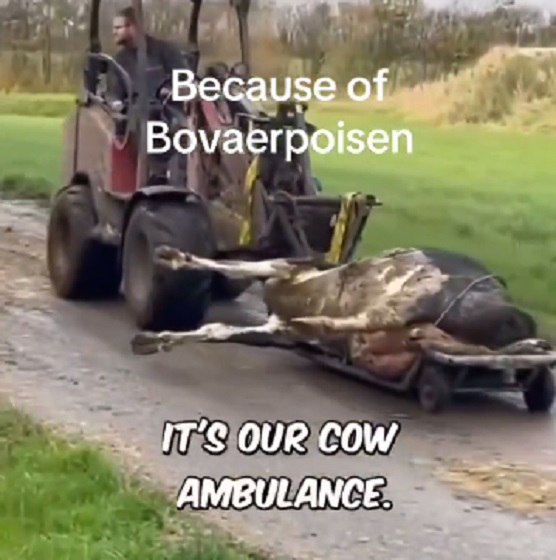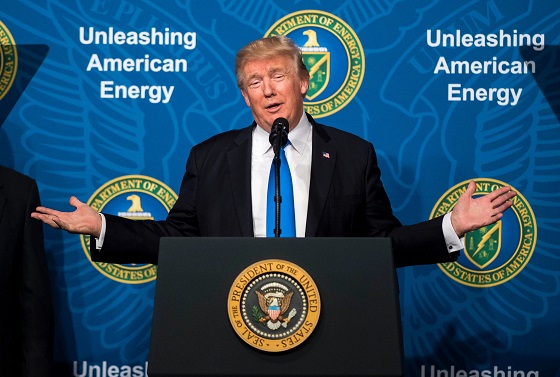International
Globalizing intifada is the same as globalizing jihad: Hussain Ehsani
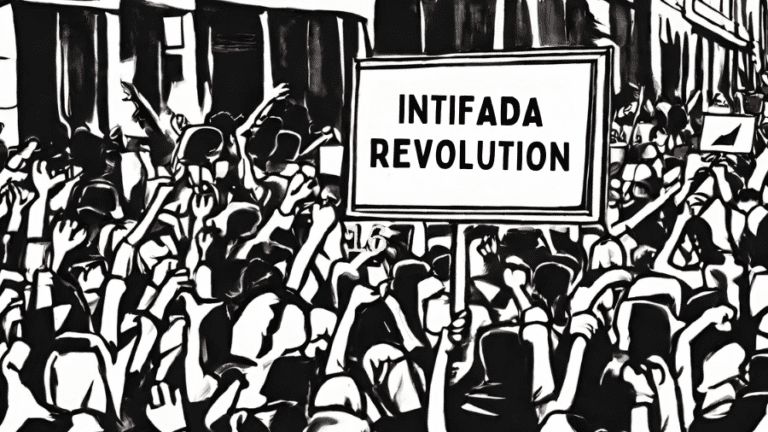
From the MacDonald Laurier Institute
By Hussain Ehsani
Canadian authorities must realize that calls for “intifada” constitute hate and even potentially an incitement to violence
When ISIS conducted its terrorist attacks on Mosul, Iraq in June 2014, several Mosul residents celebrated it as a victory for the terror group and welcomed them to the city. In March 2019, ISIS was defeated in a fight with Kurdish special units Peshmerga, Iraqi Forces, and the international coalition, and this time, five years later, Mosul celebrated the defeat of ISIS. Mosul had learned its lesson under ISIS’ reign of terror. Likewise, the fantasy of celebrating Islamic Jihadist and terrorist groups as liberators has disappeared, for the most part, across the Middle East.
However, the same cannot be said about the veneration of terror in the West. Less than 24 hours after the brutal October 7 terrorist attacks by Hamas on civilians and the Jewish state, Canada witnessed horrific and unimaginable scenes. People across the country paraded with Palestinian flags, chanting “Allah Akbar,” “Free Palestine,” “From the river to the sea, Palestine will be free,” and “Long live Intifada” — celebrating the Hamas attack that resulted in the murder of 1,200 Israelis. The scenes reminded me of Mosul’s celebration of ISIS’ victory in 2014, but this time they took place in in Mississauga, Ontario.
As Israel began its counter-terror operation the mobs became more aggressive – organizing rallies across the country, blocking intersections, threatening Jewish Businesses, attacking synagogues with guns and Molotov cocktails, and issuing bomb threat against the largest Jewish high school in Canada.
Although Hamas, Palestinian Islamic Jihad (PIJ), and the Popular Front for the Liberation of Palestine (PFLP) are listed as terrorist organizations by the Government of Canada, these groups are being praised by the pro-Jihadi mobs. They have flown the flag Hamas and the PFLP, they have worn green headbands representing Hamas, and yellow armbands of PIJ. Some in Toronto even raised the flag of the Taliban. Others have worn jackets with the symbols of Jihad, martyrs, and Al Qaeda symbols during protests. All while they scream “Intifada, intifada, long live the intifada,” “Globalize the intifada,” and “There is only one solution, intifada, revolution” – unmistakable calls for violence against Jews that refer to the bloody Palestinian terror campaigns of the late 80s and early 2000s.
Despite the clear connection between the terror groups and this violent call, law enforcement across the country have been reluctant to act and make arrests on those shouting “Intifada.” This refusal encourages the pro Hamas mobs to continue their antisemitic rallies and disguises calling for violence as a progressive solution for the Palestinian cause.
There is no doubt that calling for intifada is calling for violence. This is most clearly demonstrated by the Second Palestinian Intifada which consisted of suicide bombings, shootings, stabbings, and other terror tactics. These tactics have been used by other major Islamic Jihadist groups such as the Taliban, ISIS, and Al Qaeda. In April 1993, during the first Intifada, Hamas suicide bomber Saher Tamam Al Nablusi detonated the switch under the seats in his car and blew himself up on the West Bank. Based on the result of this attack, Hamas and its allies kicked off massive campaign of suicide attacks up against Israel. According to the statistics of Israeli institutions and studies, during two phases of Intifada, Hamas, PIJ, and PFLP conducted more than 130 suicide attacks. In the aftermath of the Intifada, the tactic of car bombs was vastly used by the Haqqani network in Afghanistan, Al Qaeda in Iraq, the Taliban in Afghanistan, and ISIS in Iraq and Syria.
And Intifada is not restricted to terror attacks but includes a clear strategy undergirded by religious ideology. For example, the book “Palestinian Resistance against Israel in Jerusalem” lays out the rhetoric and chants that Palestinians shouted in protests during the first Intifada, including: “Khaybar Khaybar O Jewish! The Mohammad Army will come back.” This chant refers to the Battle of Khaybar in which Muslims fought against the Jews in the first era of Islam in the Khaybar district of Medina in Hejaz in early 628 CE, which led to the victory of Muslims. “Mohammad Army” in this context is a metaphor for all Muslims around the world, and the chant is calling all Muslims to assemble another Khyabar, which strives to provoke and unite all Muslims against Jews. Another example “Praise the God O Muslim – explode the head of Zionist.” This chant was yelled in Toronto, Ontario. This has no other meaning except Jihad and the militarization of Muslims around the world to eliminate Jews and Israelis.
Hamas, Palestinian Islamic Jihad, and their allies are utilizing Jihadi tactics to pursue their objectives here in Canada. Calling for “Intifada” in the streets, malls, subway stations, and university campuses in Canada is a direct call for Jihadism and its principles to be enacted in the West. This is why the globalization of Intifada means globalizing the Jihad. It means globalizing violence against Jews.
Canadian authorities should realize that calls for “intifada” constitute hate and even potentially an incitement to violence. If they fail to, it will not be long until we see ISIS flags and chants for reviving the Caliphate. They are one and the same and we cannot allow this hate to fester unaddressed.
Hussain Ehsani is a Middle East affairs expert focused on the Abraham Accords and Canadian foreign policy.
Health
RFK Jr. urges global health authorities to remove mercury from all vaccines
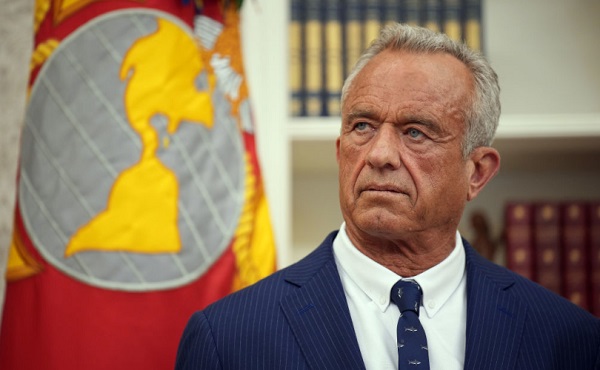
From LifeSiteNews
Health and Human Services (HHS) Secretary Robert F. Kennedy Jr. is urging health leaders across the planet to stop including mercury in vaccinations.
“Now that America has removed mercury from all vaccines, I call on every global health authority to do the same — to ensure that no child, anywhere in the world, is ever exposed to this deadly neurotoxin again,” he said.
Kennedy’s comments came in a video he recorded for the Minamata Convention on Mercury. The event is an international gathering aimed at preventing human contact with mercury, which, according to the World Health Organization (WHO), is one of the top 10 chemicals of major public health concern. The treaty, backed by the United Nations (UN), was first signed in 2013 by over 140 countries.
Kennedy noted that while the group’s goal is no doubt praiseworthy, it has not gone far enough in its efforts.
“Article 4 of the convention calls on parties to cut mercury use by phasing out listed, mercury-added products. But in 2010, as the treaty took shape, negotiators made a major exception. Thimerosal-containing vaccines were carved out of the regulation,” he recalled.
“The same treaty that began to phase out mercury in lamps and cosmetics chose to leave it in products injected into babies, pregnant women, and the most vulnerable among us,” he noted. “We have to ask: Why? Why do we hold a double standard for mercury? Why call it dangerous in batteries, in over-the-counter medications, and make-up but acceptable in vaccines and dental fillings?”
This past summer, Kennedy’s Advisory Committee for Immunization Practices launched a study to research the vaccine schedule for children. Among other recommendations, the committee advised the removal of thimerosal, a neurotoxic, mercury-containing preservative that had been used in flu shots.
Kennedy noted in his video message that “thimerosal’s own label requires it to be treated as a hazardous material and warns against ingestion,” adding that “there is not a single study that proves it’s safe. That’s why in July of this year the United States closed the final chapter on the use of thimerosal as a vaccine preservative, something that should have happened years ago.”
Kennedy further explained that thimerosal is “a potent neurotoxin, a mutagen, a carcinogen, and an endocrine disrupter” while noting that “safe alternatives” already exist.
“Manufacturers have confirmed that they can produce mercury-free, single dose vaccines without interrupting supply. There is no excuse for inaction or holding stubbornly to the status quo,” he exclaimed. “Now that America has removed mercury from all vaccines, I call on every global health authority and every party to this convention to do the same.”
“Let’s honor and protect humanity, and our children, and creation from mercury,” he concluded.
The Minamata Convention on Mercury went into effect in August 2017. It was initially approved by the Intergovernmental Negotiating Committee in Geneva, Switzerland, in January 2013. It was adopted in October 2013 at a Diplomatic Conference in Kumamoto, Japan. Per its website, it is named “after the bay in Japan where, in the mid-20th century, mercury-tainted industrial wastewater poisoned thousands of people, leading to severe health damage that became known as the ‘Minamata disease.’”
Censorship Industrial Complex
School Cannot Force Students To Use Preferred Pronouns, US Federal Court Rules
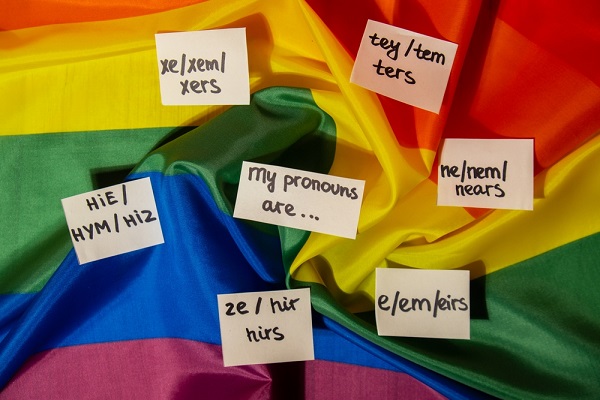

From the Daily Caller News Foundation
“Our system forbids public schools from becoming ‘enclaves of totalitarianism.’”
A federal appeals court in Ohio ruled Thursday that students cannot be forced to use preferred pronouns in school.
Defending Education (DE) filed the suit against Olentangy Local School District (OLSD) in 2023, arguing the district’s anti-harassment policy that requires students to use the “preferred pronouns” of others violates students’ First Amendment rights by “compelling students to affirm beliefs about sex and gender that are contrary to their own deeply held beliefs.” Although a lower court attempted to shoot down the challenge, the appeals court ruled in a 10-7 decision that the school cannot “wield their authority to compel speech or demand silence from citizens who disagree with the regulators’ politically controversial preferred new form of grammar.”
Because the school considers transgender students to be a protected class, students who violated the anti-harassment policy by referring to such students by their biological sex risked punishments such as suspension and expulsion, according to DE.
Dear Readers:
As a nonprofit, we are dependent on the generosity of our readers.
Please consider making a small donation of any amount here.
Thank you!
“American history and tradition uphold the majority’s decision to strike down the school’s pronoun policy,” the court wrote in its opinion. “Over hundreds of years, grammar has developed in America without governmental interference. Consistent with our historical tradition and our cherished First Amendment, the pronoun debate must be won through individual persuasion, not government coercion. Our system forbids public schools from becoming ‘enclaves of totalitarianism.’”
OLSD did not respond to the Daily Caller News Foundation’s request for comment.
“We are deeply gratified by the Sixth Circuit’s intensive analysis not only of our case but the state of student First Amendment rights in the modern era,” Nicole Neily, founder and president of DE, said in a statement. “The court’s decision – and its many concurrences – articulate the importance of free speech, the limits and perils of public schools claiming to act in loco parentis, and the critical role of persuasion – rather than coercion – in America’s public square.”
“Despite its ham-fisted attempt to moot the case, Olentangy School District was sternly reminded by the 6th circuit en banc court that it cannot force students to express a viewpoint on gender identity with which they disagree, nor extend its reach beyond the schoolhouse threshold into matters better suited to an exercise of parental authority,” Sarah Parshall Perry, vice president and legal fellow at DE, said in a statement. “A resounding victory for student speech and parental rights was long overdue for families in the school district and we are thrilled the court’s ruling will benefit others seeking to vindicate their rights in the classroom and beyond.”
-

 espionage2 days ago
espionage2 days agoU.S. Charges Three More Chinese Scholars in Wuhan Bio-Smuggling Case, Citing Pattern of Foreign Exploitation in American Research Labs
-

 Business1 day ago
Business1 day agoCarney’s Deficit Numbers Deserve Scrutiny After Trudeau’s Forecasting Failures
-

 Business1 day ago
Business1 day agoHere’s what pundits and analysts get wrong about the Carney government’s first budget
-

 International1 day ago
International1 day agoKazakhstan joins Abraham Accords, Trump says more nations lining up for peace
-

 Business1 day ago
Business1 day agoCarney budget doubles down on Trudeau-era policies
-

 Automotive1 day ago
Automotive1 day agoElon Musk Poised To Become World’s First Trillionaire After Shareholder Vote
-
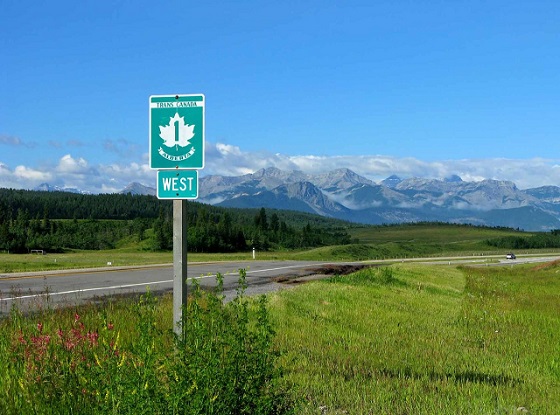
 Alberta12 hours ago
Alberta12 hours agoTell the Province what you think about 120 km/h speed limit on divided highways
-

 Business16 hours ago
Business16 hours agoBill Gates Gets Mugged By Reality

